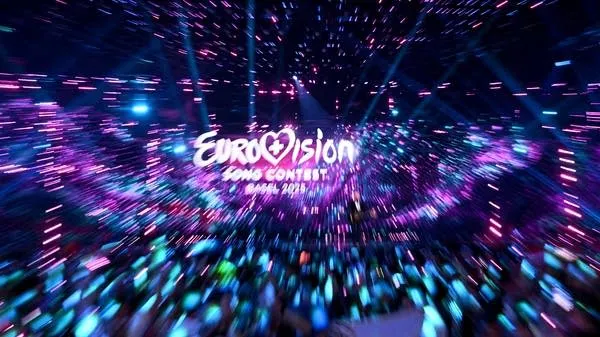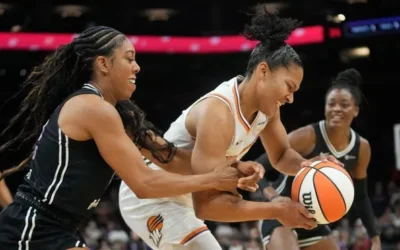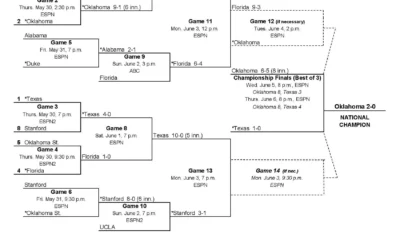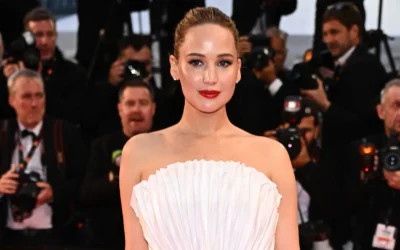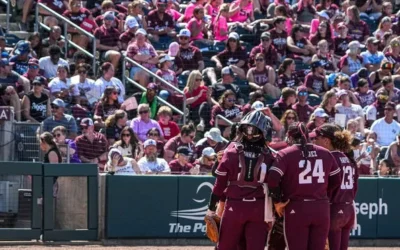The Business of European Pop and Women’s Basketball
In recent years, women’s basketball has surged in popularity not just in the United States but across the globe, particularly in Europe. This rising interest is not just a boon for the sport itself but also intertwines intricately with the vibrant tapestry of European pop culture. As these two worlds collide, the business opportunities expand exponentially, prompting a closer look at this promising intersection.
Global Rise of Women’s Basketball
Women’s basketball has witnessed a remarkable trajectory. The game, once relegated to a secondary interest, has found its footing as a reputable sport, garnering fans and sponsors not only in the U.S. but also in Europe where leagues are becoming increasingly competitive. Countries like France, Spain, and Italy are investing heavily, with teams forming partnerships with international brands to boost visibility.
On the other hand, the Women’s National Basketball Association (WNBA) has been pivotal in advocating for women’s sports, leading to a greater appreciation for athletes’ skills and stories. This change in narrative has allowed European teams to capitalize on the increased visibility and professionalism associated with women’s basketball.
Synergy with European Pop Culture
The cultural fabric of Europe, characterized by its rich history in music, art, and fashion, has embraced women’s basketball. Pop culture phenomena, including music festivals, films, and digital content platforms, have begun integrating elements of women’s basketball. Iconic female artists and influencers have started showcasing their support for teams and players, thereby blending their personal brands with sports.
This blend becomes a powerful marketing tool; for instance, collaborations between top music artists and female basketball players to promote both their products and performances can create an engaging narrative that appeals to younger audiences. In turn, this generates an influx of sponsorships and partnerships, as companies wish to align themselves with these vibrant stories.
The Business Ecosystem
The booming ecosystem surrounding women’s basketball integrations encompasses a variety of sectors – from sportswear companies and beverage brands to tech startups. Female athletes are fast becoming significant influencers and brand ambassadors, capitalizing on their platforms to drive engagement on social media.
Let’s look at a few key players and case studies:
- Nike and Adidas: These giants have begun to invest heavily in female sports. Their campaigns have not only showcased female athletes but have highlighted women’s basketball as a critical component of their athletic brand image.
- Fashion Collaborations: Designers are teaming up with local teams, creating jerseys that double as streetwear. This merging of sports and fashion has opened new revenue streams.
- Music Collaborations: Artists are attending games and even performing at events, creating a festival atmosphere around various matches, exemplifying a unique melding of sports and music.
The Impact on Local Economies
As women’s basketball gains traction in Europe, local economies benefit significantly. Interest in women’s basketball has led to an increase in merchandise sales, local media coverage, and even tourism, with fans traveling to major cities to watch their favorite teams in action.
Moreover, regional businesses often collaborate with basketball teams, offering discounted services or products in exchanges for sponsorships, creating a win-win scenario that boosts local business and the basketball culture.
Women’s Basketball Lands Pair of SMU Transfers
As part of the ongoing evolution within the sport, teams are actively pursuing talent through the transfer portal, which has become a key mechanism for building competitive programs. The recent acquisition of two players from Southern Methodist University (SMU) by a leading European basketball team is a prime example of how interconnected the worlds of women’s basketball have become globally.
These transfers demonstrate a shift in strategy for European teams, who are now looking not only to develop local talent but also to bring in the best from U.S. collegiate systems. The transfers are anticipated to boost the European league’s competitiveness and attract more viewers, marking yet another milestone in the growth of women’s basketball.
Future Prospects
Looking ahead, the potential for women’s basketball in Europe seems limitless. With growing visibility and popularity, it’s likely that more partnerships with entities in the pop culture realm will emerge, further enriching the sport’s narrative and commercial viability.
Additionally, as more players transition from college basketball in the U.S. to professional leagues overseas, talent will continually flow, enhancing the competitive edge of teams while garnering attention from scouts and sponsors alike. The alignment of women’s basketball with pop culture presents an invaluable opportunity for expansion and innovation.
Challenges Ahead
However, despite the promising outlook, challenges remain. Issues regarding pay equity, media coverage, and the overall perception of women’s sports continue to affect the progression of women’s basketball. The industry must strive to overcome these barriers to ensure sustainable growth and acceptance.
Moreover, the market has to be cautious of not commodifying the athletes and the sport to the point where it loses the genuine voice and impact these players represent. Balance between commercialization and authenticity will be a critical factor in preserving the essence of women’s basketball.
Conclusion
The union of women’s basketball and European pop culture has created a thriving business ecosystem poised for growth. The intermingling of sports and entertainment not only elevates the profile of women’s basketball but also creates new opportunities for athletes, sponsors, and local economies alike.
As we continue to witness the dynamic evolution of women’s basketball, it becomes ever more evident that this sport is not just about athletes competing on court; it represents empowerment and the potential for change across cultures.
In a time when the world seeks greater equality and representation, women’s basketball stands as a beacon of hope, embodying not just the strength of athleticism but the very spirit of resilience and progress.

